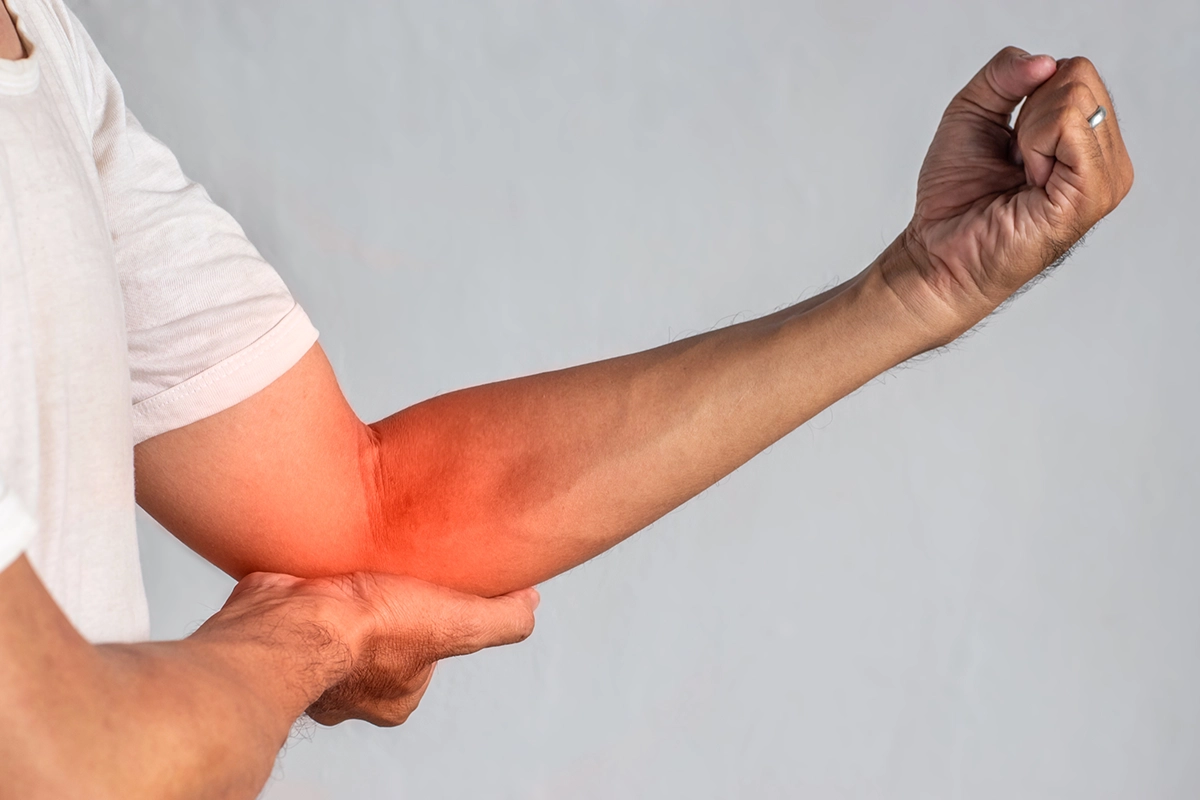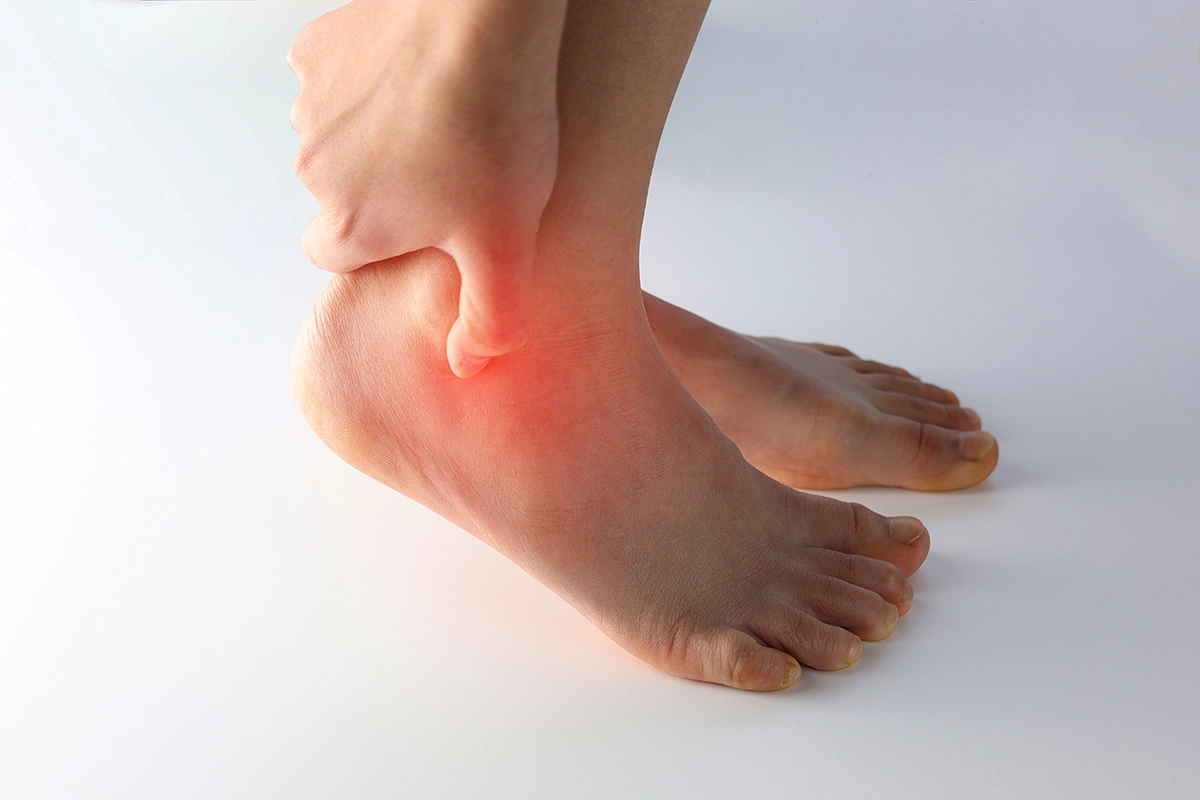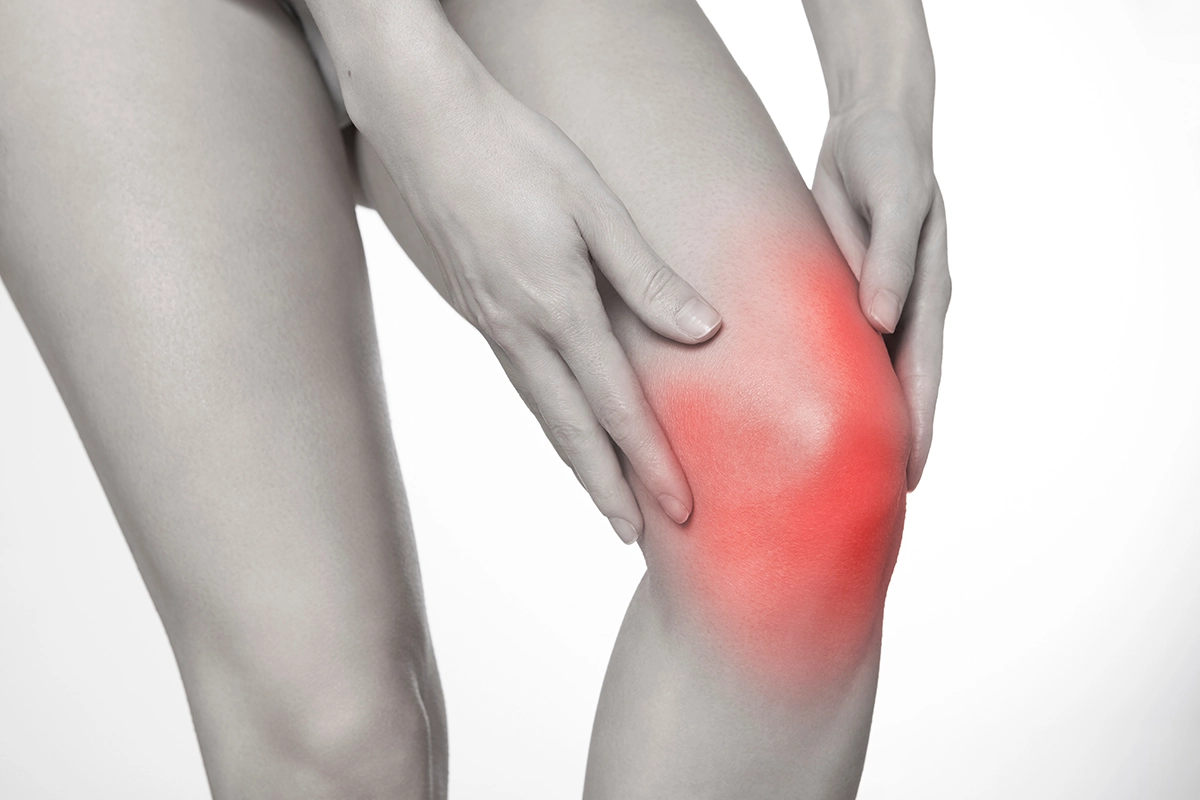Got any questions? I'm happy to help
Self Referral for Physiotherapy & care for joint and muscle pain
Access Physiotherapy Self-Referral
Joint and muscle problems are common at some point in our lives. There are a number of things however we can do to improve muscle or joint pain. The link below includes some recommended exercises that may help to treat such problems at home. If you have ongoing problems or your symptoms are severe, please do not hesitate to contact us for further advice.


Tennis Elbow
Tennis elbow is a condition that causes pain around the outside of the elbow. It's clinically known as lateral epicondylitis. It often happens after overuse or repeated action of the muscles of the forearm, near the elbow joint.
Learn more about Tennis Elbow and watch a short exercise video
Golfers Elbow
Golfer’s elbow is the most common cause of pain on the inside of the elbow and is a
condition where you experience pain coming from the tendons that attach the muscles to
the inner aspect of the elbow. These muscles help to bend the hand forward and rotate the
forearm so the palm faces down. Pain is normally felt over the inside of the elbow and
sometimes down the forearm to the wrist.


Shoulder Strengthening Exercises
OCATS have provided som exercises to help improve your Shoulder Strength. These Exercises are intended to assist with Strengthening your Shoulder through the rehabilitation process. These exercises are intended as a guide and prior to starting you should have had some instruction from your physiotherapist at OCATS.
De Quervain’s Tenosynovitis
De Quervain’s Disease is a painful condition that affects the tendons located on the thumb side of your wrist. These tendons run in a tunnel (tendon sheath). Thickening of the ligamentous structure over this tunnel can cause pain when the thumb is moved or used.


Achilles Tendinopathy
This is also often called achilles tendonitis or achilles tendon pain. This information does not apply to those who have torn or ruptured their achilles.
Patellar Tendinopathy
Patella Tendinopathy (sometimes known as tendonitis or tendinitis) is usually an overuse injury affecting your knee. It is the result of repeated stress of your patella tendon beyond its capacity (Beyond what it is able to do).

Frozen Shoulder
The information and exercise video have been developed by BESS physiotherapists and are designed for people who have been diagnosed with frozen shoulder. Frozen shoulder is a common condition that affects the shoulder causing significant pain and reduced movement. The majority of people who experience frozen shoulder will eventually get better with or without treatment.
First Contact Physiotherapy
Who is it for?
The First Contact physiotherapy service is for people aged 16 and over with musculoskeletal conditions. Musculoskeletal conditions affect bones, muscles and joints.
You can request an appointment with a Physiotherapist at Bron-Y-Garn Surgery. If you book an appointment with a First Contact Physiotherapist, you do not need to see a GP first.

Physiotherapists are experts in Musculoskeletal conditions. They can:
- assess your problem,
- diagnose the issue
- decide with you about a suitable management plan to help return to things that are important to you.
What do I need to know?
Many musculoskeletal (MSK) conditions do not need treatment and can improve with what is called ‘self-management’ which describes the things that you can do to help yourself. If you want to know more about this you can follow this link. This approach will be discussed with you in your appointment if appropriate and the Physiotherapist can advise you on this.
What happens next?
To book an appointment with a Physiotherapist for an assessment, give us a call and ask for an appointment with the Physiotherapist.
If there are no available appointments, you can still refer yourself to Physiotherapy via the link below. Your referral will be reviewed and added to the waiting list. If needed, a Physiotherapist may contact you by phone to clarify the information you have provided.
INDEX - Self-Help-Centre
Self-Help Information
- Common Ailments Service
- Choose Well
- Age Well
- Emergency Eye Health Examination
- In Times of Bereavement
- Joint and Muscle Pain
- Parkrun Practice
- Physical Activity
- Self Care For Ears
- Silvercloud
- Winter Health
Health Checks
We use cookies to help provide you with the best possible online experience.
By using this site, you agree that we may store and access cookies on your device. Cookie policy.
Cookie settings.
Functional Cookies
Functional Cookies are enabled by default at all times so that we can save your preferences for cookie settings and ensure site works and delivers best experience.
3rd Party Cookies
This website uses Google Analytics to collect anonymous information such as the number of visitors to the site, and the most popular pages.
Keeping this cookie enabled helps us to improve our website.

